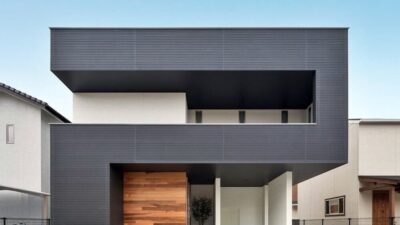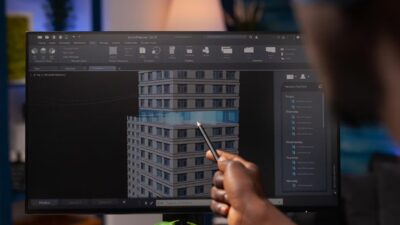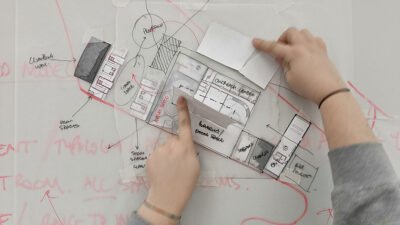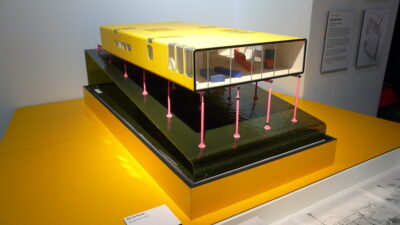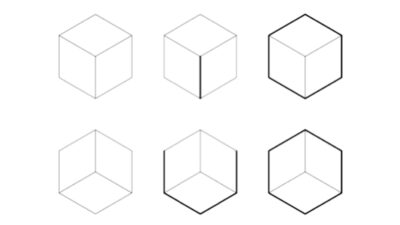Productivity in the academic realm, especially for architecture students, isn’t just about the output, but the value generated against the time and resources invested. It’s an amalgamation of efficient utilization of resources and effectiveness in achieving desired academic outcomes. Recognizing this will change the way you approach your studies, shifting from mere busyness to creating meaningful academic and design work.
Crafting a Typical Week Plan for Effective Time Management
Develop a foundational weekly plan as your semester progresses. Start by incorporating your class schedule as soon as it’s available. Set up a grid or table layout for your plan, delineating days and hours. Include consistent weekly commitments such as class times, travel duration, sleep, meals, exercise, and work hours. This framework reveals the available ‘white space’ in your schedule, guiding you to allocate time for studying, personal maintenance, hobbies, and social activities effectively. Use tools like digital calendars or a custom-designed template to visually organize your week.
Prioritizing Academic and Personal Tasks
Realize the demanding nature of architecture courses and prioritize accordingly. It might mean reducing time spent on hobbies or entertainment during the semester. Consider combining activities where possible, like studying during your commute or listening to lectures while exercising. Managing your time well involves making informed choices about how and where to spend your time, focusing on what furthers your academic goals.
Designing an Individualized Weekly Plan
Transition from your general weekly plan to a more specific, individualized plan that caters to the uniqueness of each week. Compile a task list including academic assignments and personal errands. Allocate time blocks for these tasks in your typical weekly plan, adjusting for varying academic pressures or personal commitments. Regularly review and update this plan to stay aligned with your goals and responsibilities.
Comparative Table: Organized vs. Unorganized Student Approaches
| Criteria | Organized Student Approach | Unorganized Student Approach |
|---|---|---|
| Time Management | Structured schedule with clear time blocks for tasks. | Haphazard and impromptu task management. |
| Academic Performance | Consistent and high-quality work due to planned efforts. | Inconsistent quality, often rushed and last-minute. |
| Stress Levels | Lower stress due to clarity and control over tasks. | Higher stress from uncertainty and last-minute pressures. |
| Efficiency | High efficiency in completing tasks and meeting deadlines. | Inefficiency and frequent deadline struggles. |
| Work-Life Balance | Balanced academic and personal life. | Imbalance, leading to burnout or neglect of personal needs. |
| Long-term Goals | Clear progression toward long-term academic and career goals. | Lack of direction and focus on immediate tasks only. |
Key Bullet Points for Efficient Academic Planning
- Set Specific Goals: Clearly define what you want to achieve academically;
- Break Down Tasks: Divide large projects into manageable parts;
- Use a Planner: Utilize digital or paper planners for scheduling;
- Regular Reviews: Weekly review and adjust your plans as needed;
- Prioritize Tasks: Focus on high-impact tasks that align with your goals;
- Avoid Procrastination: Tackle tasks promptly to prevent last-minute rushes;
- Seek Balance: Ensure time for relaxation and hobbies;
- Stay Flexible: Be open to adjusting your plan when necessary;
- Reflect and Adapt: Continuously evaluate and improve your planning approach.
Maximizing Efficiency Through Digital Tools
In today’s digital age, architecture students can greatly benefit from integrating digital tools into their academic planning. Software like digital calendars, project management apps, and note-taking applications can significantly streamline the organization process. These tools offer functionalities like reminders, task categorization, and synchronization across devices, ensuring that students can stay on top of their schedules anywhere and anytime. Furthermore, digital platforms facilitate easy sharing and collaboration, allowing students to work efficiently on group projects. Embracing these digital solutions not only boosts productivity but also prepares students for the technological demands of the modern architectural profession.
Nurturing Creativity and Innovation in Academic Work
While organization and efficiency are crucial, fostering creativity and innovation is equally important for architecture students. This involves setting aside time for brainstorming and exploration, allowing ideas to develop organically. Students should engage in activities that inspire them, such as visiting architectural sites, attending workshops, or exploring different art forms. Collaborating with peers from diverse backgrounds can also spark new ideas and perspectives. By balancing structured planning with creative freedom, students can produce more innovative and inspired architectural work.
The Life of an Architecture Student: Balancing Rigor and Creativity
The life of an architecture student is a unique blend of rigorous academic demands and creative exploration. This section delves into the distinctive aspects of being an architecture student, providing insights into how to navigate this challenging yet rewarding educational path.
- Academic Rigor: Architecture students often face a demanding curriculum, filled with complex design projects, technical courses, and theoretical studies. The intensity of these academic requirements necessitates a well-organized approach to managing time effectively and meeting deadlines without compromising the quality of work;
- Creative Process: At the heart of architectural education is the development of a strong creative process. This involves not just learning to design, but also understanding the broader context of architecture in society. Students are encouraged to experiment with different design philosophies, materials, and technologies, fostering a versatile and innovative design approach;
- Practical Application: Bridging the gap between theory and practice is vital. Architecture students frequently engage in hands-on projects, workshops, and internships to apply their theoretical knowledge in real-world settings. These experiences are crucial for developing practical skills and understanding the realities of the profession;
- Collaborative Learning: Architecture education is highly collaborative, involving group projects, studio work, and peer critiques. This collaboration enhances learning, as students benefit from diverse perspectives and learn to articulate their ideas clearly to others;
- Personal Development: Beyond technical skills, architecture students also undergo significant personal development. They learn to think critically, adapt to changing scenarios, and develop resilience in the face of challenging projects. These skills are invaluable in their future careers as architects.
Conclusion
Implementing a structured weekly plan is not the end, but a means to an organized academic life. Regularly referring to, revising, and following through with your plan is key. Understand that perfection is not the goal, but rather continuous improvement and adaptation. By embracing a systematic approach to planning, architecture students can achieve a harmonious balance between academic demands and personal well-being, paving the way for a successful and fulfilling educational journey.



